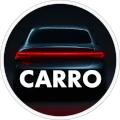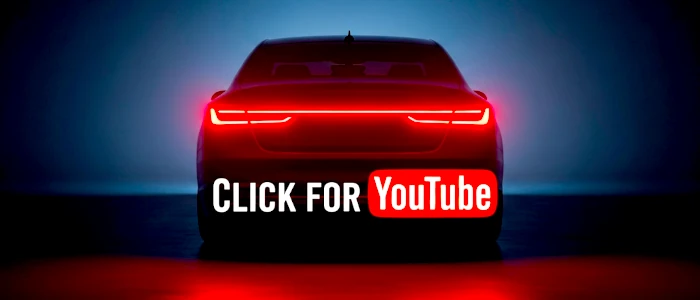The BYD Seal is an electric sedan that’s gaining prominence in the global and national automotive scene. Launched in 2022 as part of the “Ocean Series,” the Seal surprises with its combination of innovative design, robust performance, and cutting-edge technology. This article will delve into the pros and cons of this vehicle, which has been touted as a compelling alternative to established models like the Tesla Model 3.
Design and Style
Inspired by the “Ocean-X” concept, the BYD Seal boasts a fluid and striking design. Its smooth lines and marine-inspired aesthetics – with details reminiscent of scales and subtle “gills” – make the Seal a distinctive model in the electric sedan segment. The vehicle exhibits an aerodynamic profile, with a drag coefficient of just 0.219 Cd, contributing to energy efficiency without sacrificing aesthetic appeal. Furthermore, the flush door handles and long rear light unit reinforce this unique and modern identity.
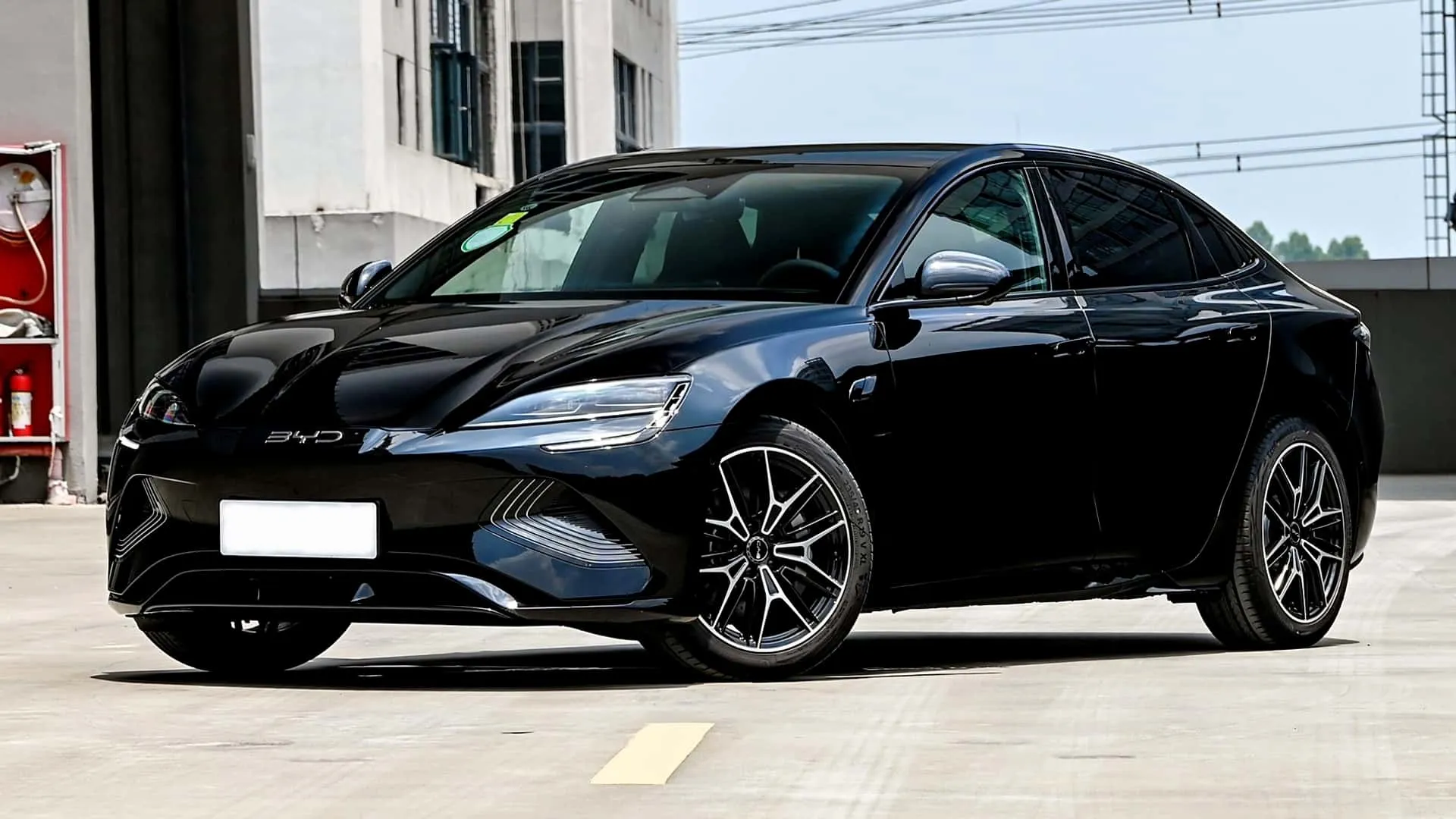
Performance and Driving Dynamics
In terms of performance, the BYD Seal proves competitive and, in some versions, even sporty. Available in two main configurations – a rear-wheel-drive version with a 230 kW motor and an AWD version with an additional 160 kW motor – the Seal offers impressive acceleration. According to tests, the all-wheel-drive version can accelerate from 0 to 100 km/h in just 3.8 seconds, demonstrating its potential to rival high-performance cars. The Intelligent Torque Adaption Control (iTAC) system adjusts power distribution quickly and precisely, ensuring stable handling even on tight corners or in adverse conditions.
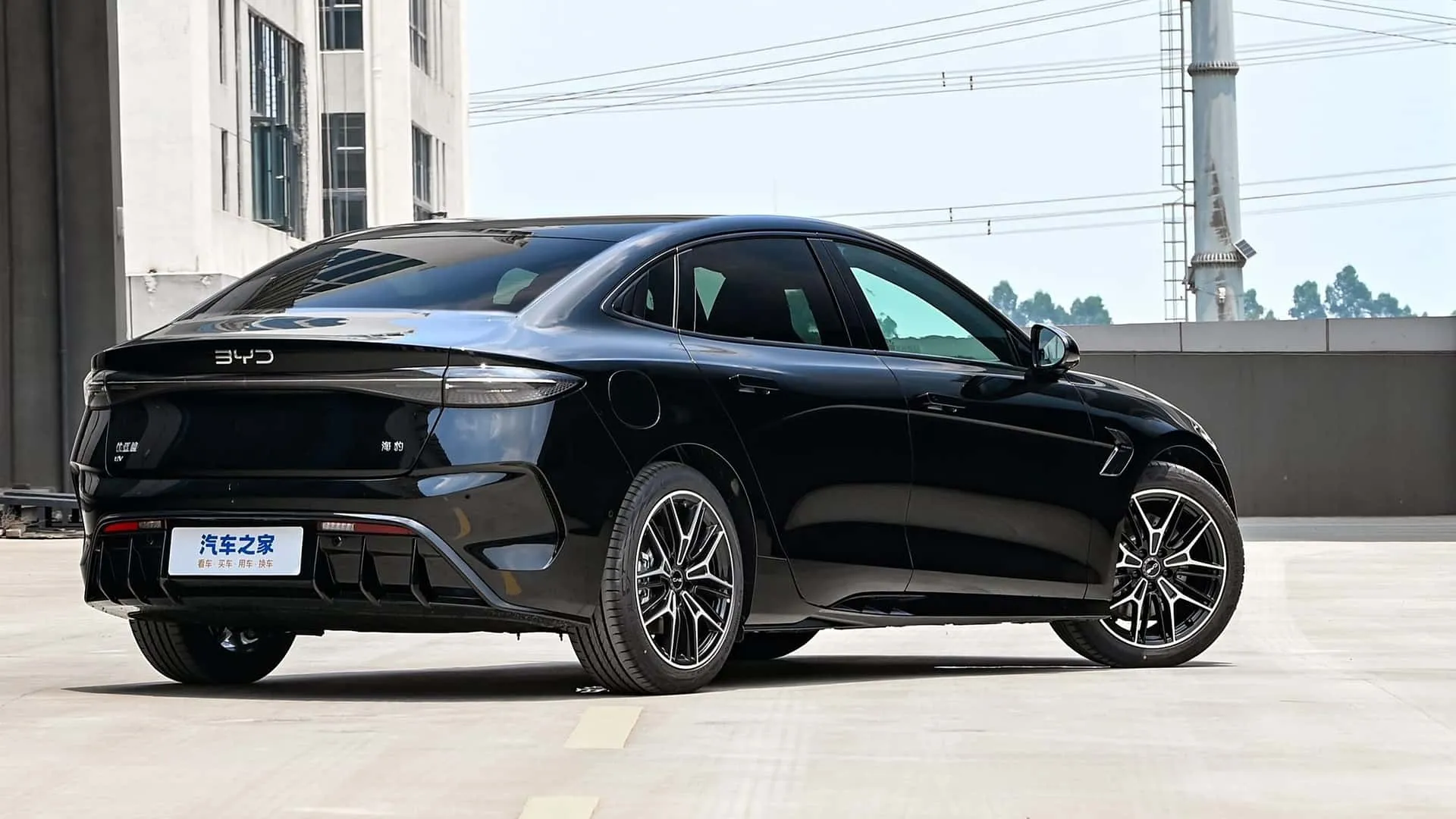
Interior and Technology
The interior of the BYD Seal is another strong point of this electric sedan. With a sophisticated finish – vegan leather seats with heating and ventilation functions, a panoramic glass roof, and exclusive details – the vehicle offers a luxurious experience that is surprising for its price range. The rotating 15.6-inch multimedia center and the 10.25-inch digital instrument panel provide access to a wide range of information and functionalities. However, this reliance on the screen for most controls can, in certain situations, cause distractions and require multiple touches to make simple adjustments, which isn’t always practical while driving.
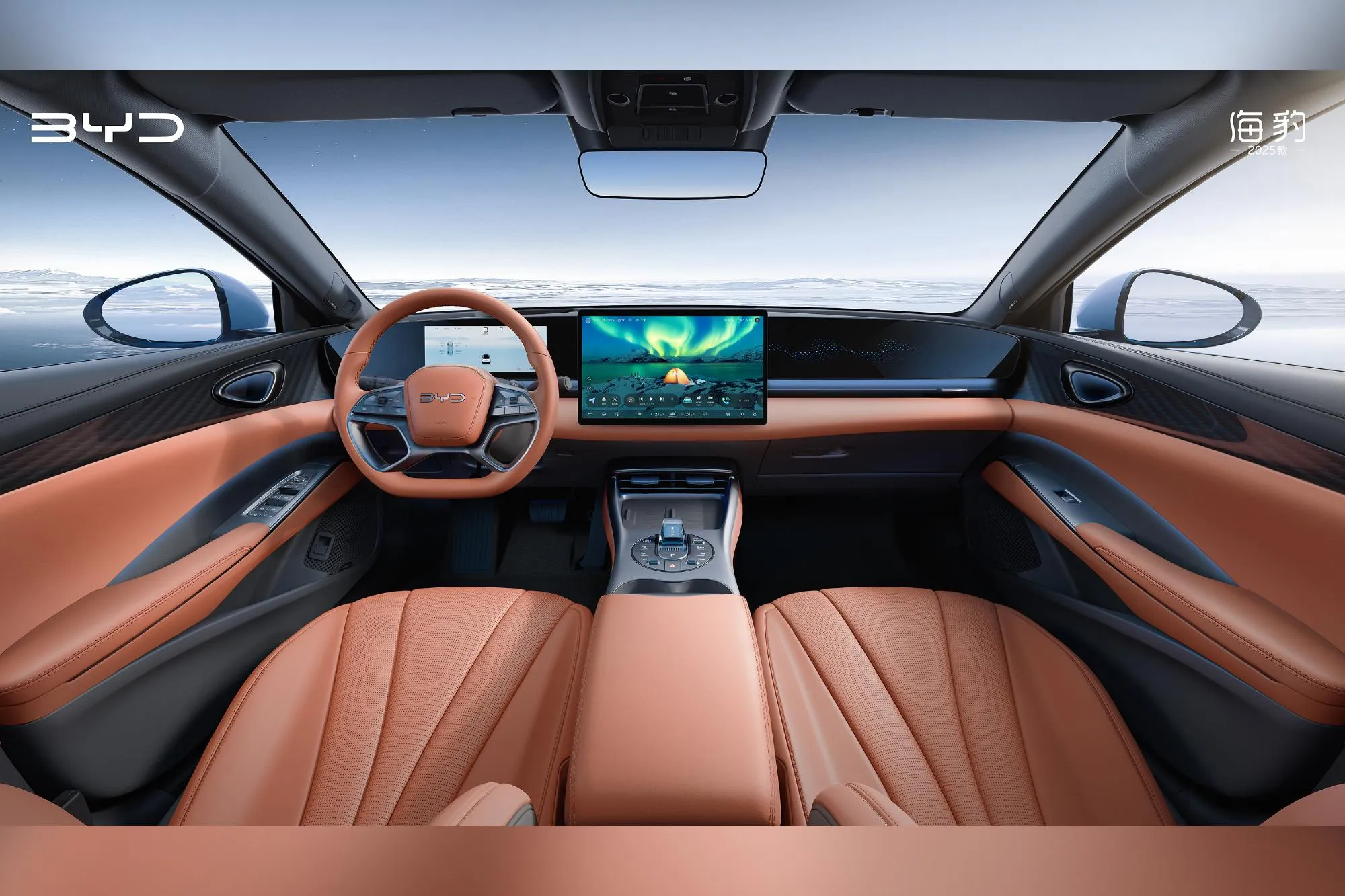
Range, Charging, and Efficiency
One of the highlights of the BYD Seal is its 82.5 kWh Blade battery, which is structurally integrated into the vehicle, increasing torsional rigidity and allowing for a lower floor. This technology not only contributes to the sedan’s stability and safety but also improves aerodynamic efficiency. The Seal offers a range that varies depending on the configuration – rear-wheel-drive versions achieve approximately 520 km of range, while the AWD version has slightly lower, but still competitive, figures. In terms of charging, the vehicle allows for fast charging, reaching 30% to 80% battery capacity in approximately 26 minutes when using a 150 kW charger.
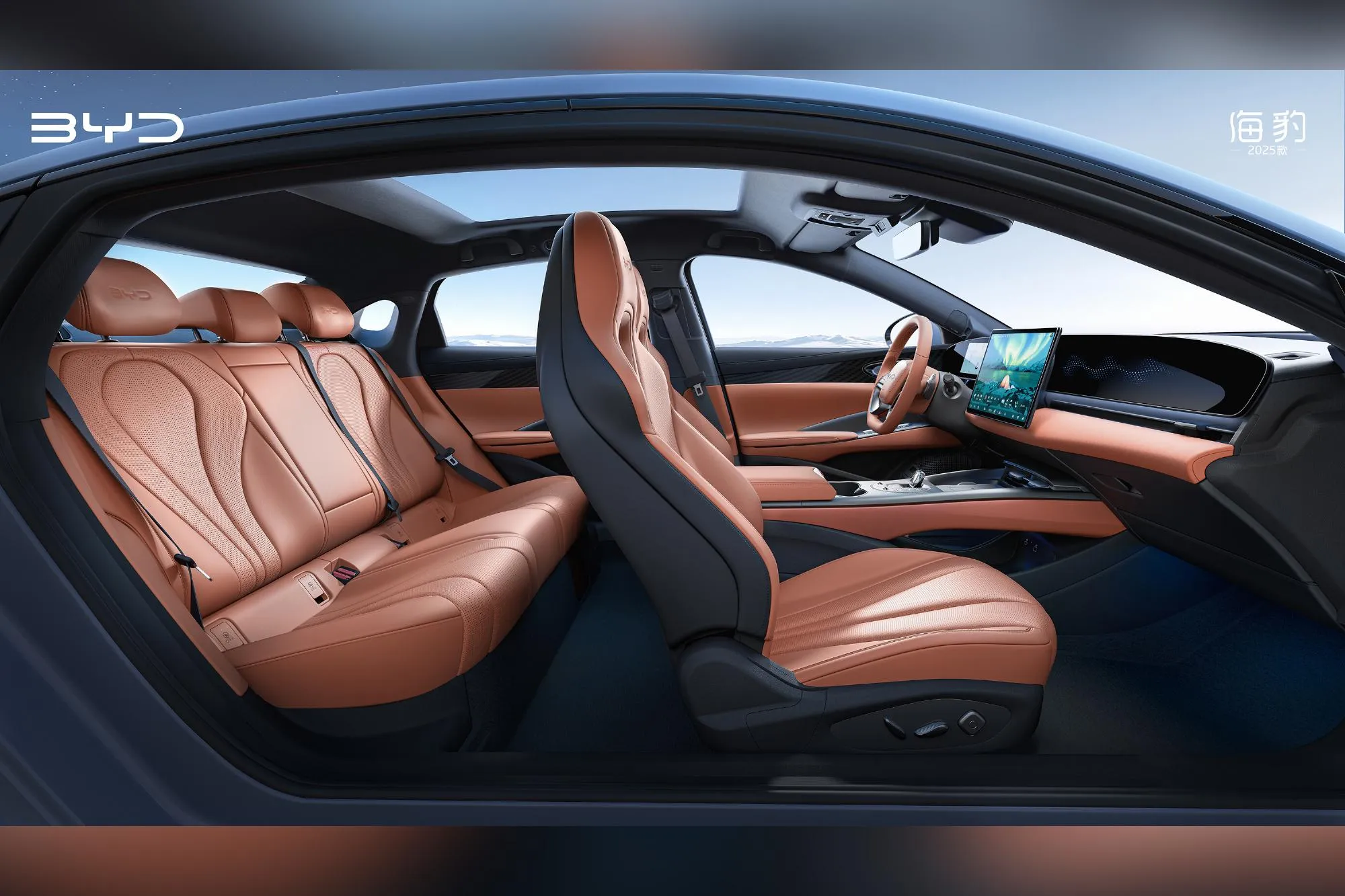
Positive Aspects (Pros)
Among the main strengths of the BYD Seal are:
- Innovative Design: The ocean-inspired lines, integration of modern elements, and excellent aerodynamics make the Seal a visually appealing and distinctive model in the market.
- Impressive Performance: Especially in the AWD version, the sedan boasts 0-100 km/h acceleration in 3.8 seconds, combined with stable handling thanks to the iTAC system, which optimizes torque distribution.
- Luxurious and Technological Interior: The sophisticated finish, comfortable seats, panoramic roof, and advanced multimedia systems place the Seal among premium electric sedans, offering a high-tech environment.
- Integrated Battery and Competitive Range: The use of the Blade battery integrated into the structure increases the vehicle’s rigidity and enables a range that well meets the needs of the modern driver, with fast charging that facilitates long journeys.
- Competitive Price: Compared to other electric sedans in the segment, the BYD Seal offers a good price-performance ratio, providing advanced technologies and high-level performance at an attractive price.
Negative Aspects (Cons)
Despite its numerous positive points, the BYD Seal also has some limitations that deserve attention:
- Low Ground Clearance: The low-slung design, while contributing to stability and aesthetics, can make it difficult to navigate speed bumps or uneven roads.
- Complex Multimedia Interface: The predominance of touchscreen control may require the driver to divert attention from the road to adjust basic functions, which can compromise safety in certain situations.
- Overly Sensitive Alerts: Some users have reported that the vehicle’s assistance and alert systems can be somewhat intrusive, issuing warnings excessively and causing discomfort.
- Compromised Rear Visibility: The design of the rear windshield, combined with the seat configuration, can reduce visibility for the driver, especially during maneuvering.
- Expanding Service Network: Although BYD is growing rapidly, its dealer and service center network is still expanding in some markets, which may pose a challenge for some consumers.
Final Considerations
The BYD Seal positions itself as a bold and innovative option in the electric sedan market. With an eye-catching design, surprising performance, and an interior that combines luxury and technology, the Seal has the potential to appeal to both electric car enthusiasts and consumers looking to switch from combustion engine models. However, it’s important for those interested to pay attention to practical details – such as the vehicle’s low height and the multimedia system’s user interface – and to consider the current support and service network, which is still growing in some regions.
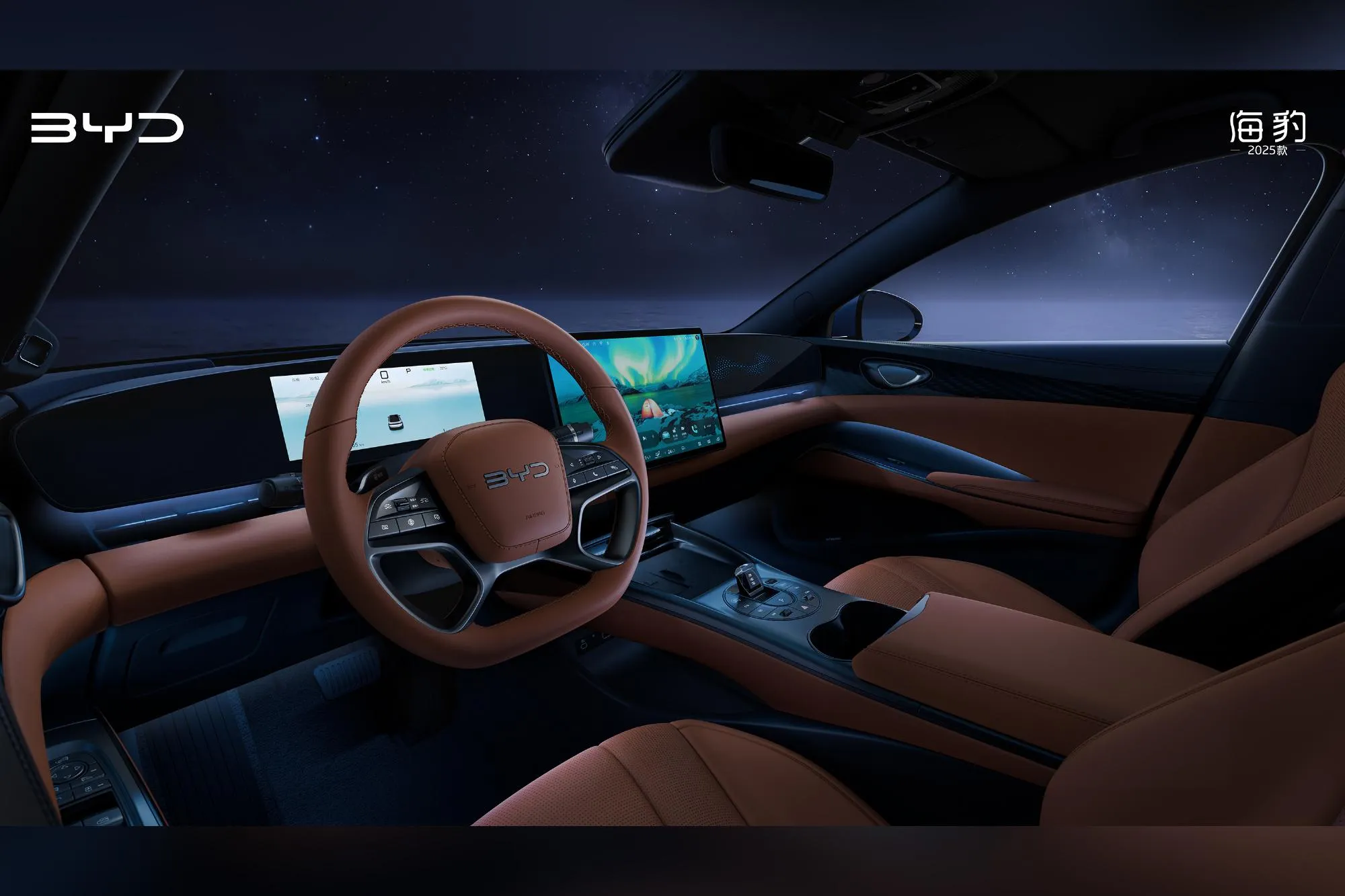
The BYD Seal represents the Chinese automaker’s commitment to establishing itself globally as a benchmark for innovation and quality in the electric segment. For those seeking an electric sedan that combines sportiness, comfort, and technology, the Seal is definitely a model that deserves to be tested and considered when making a purchase.
BYD Seal Photo Gallery
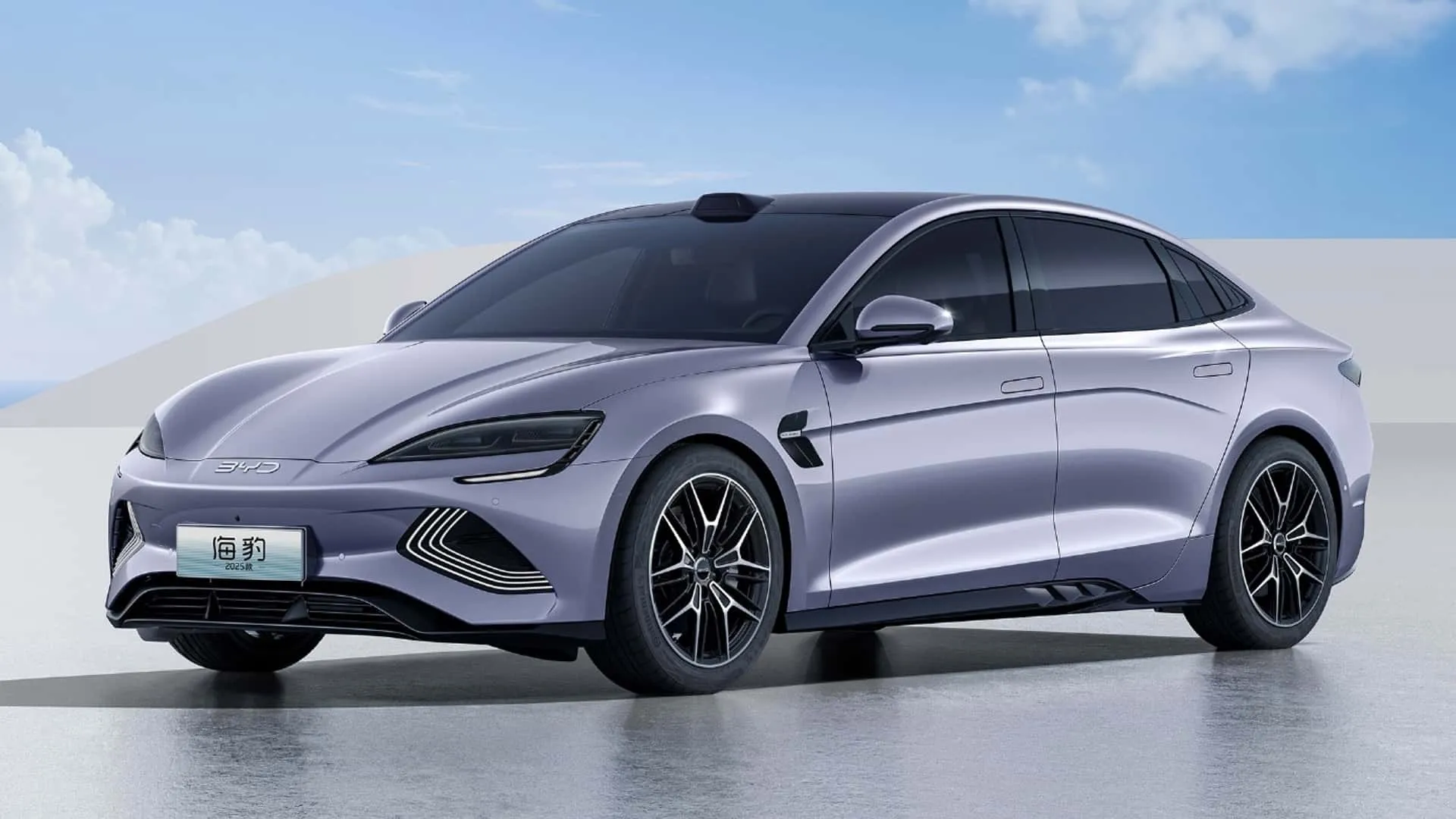
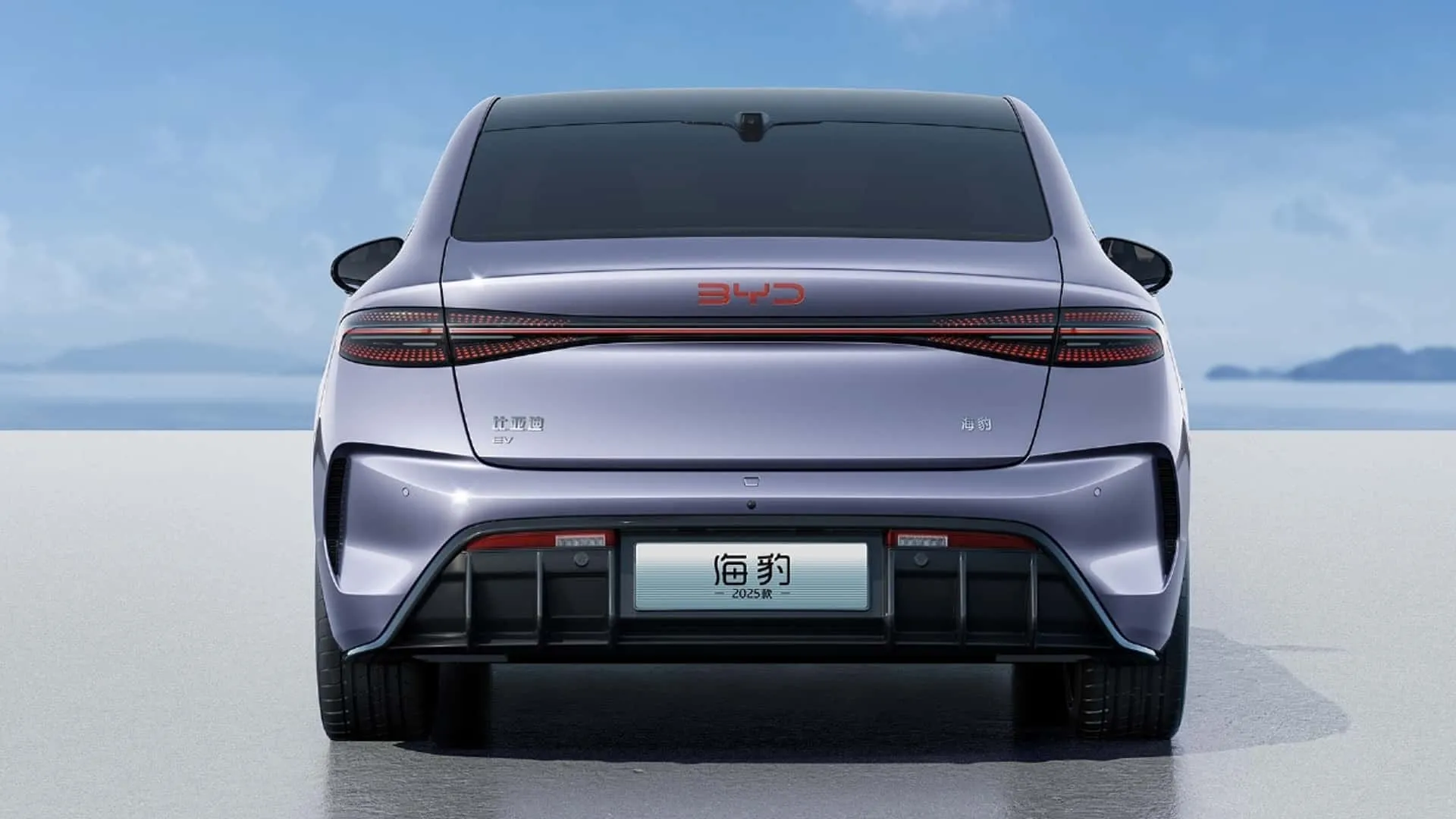
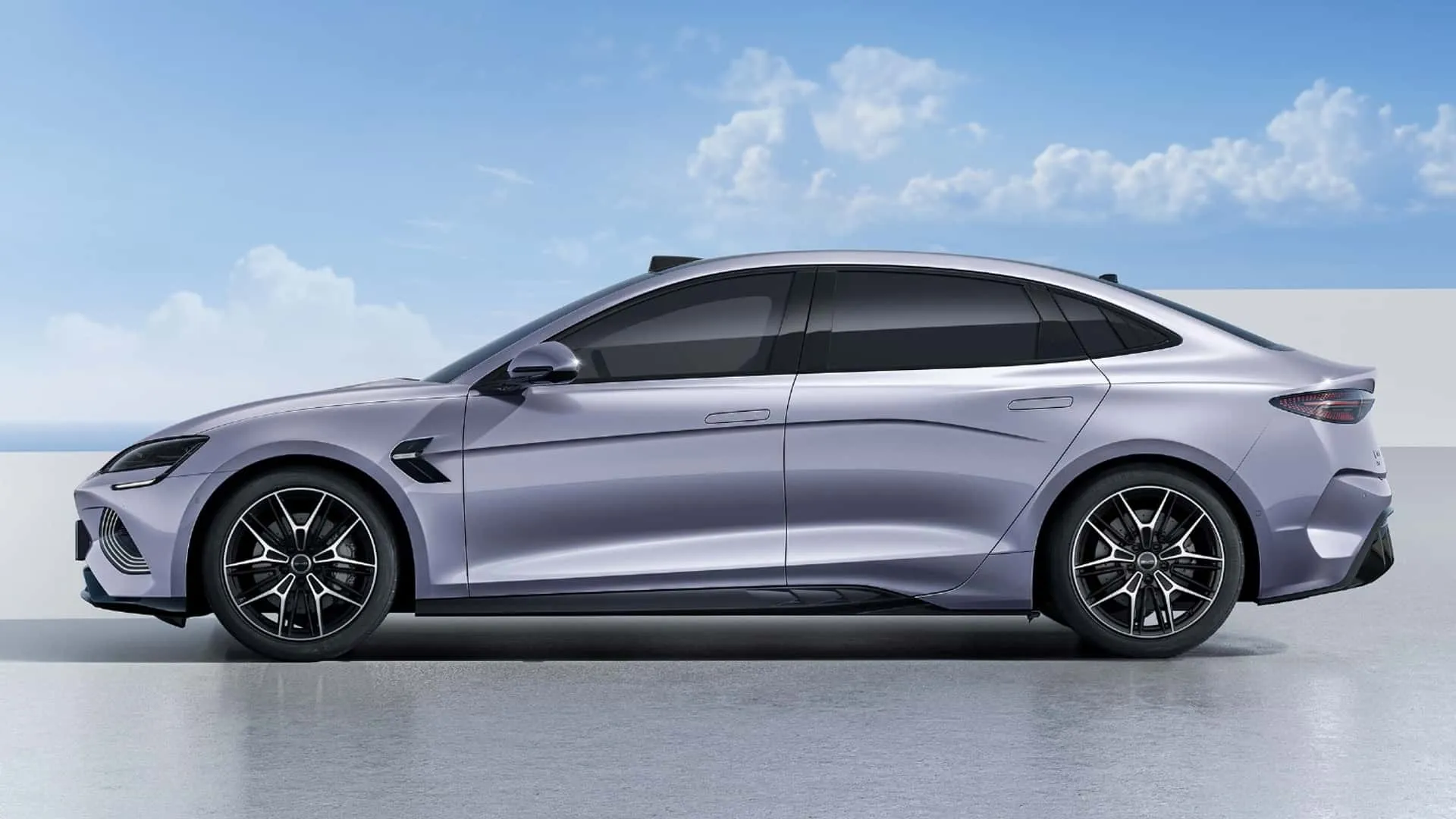

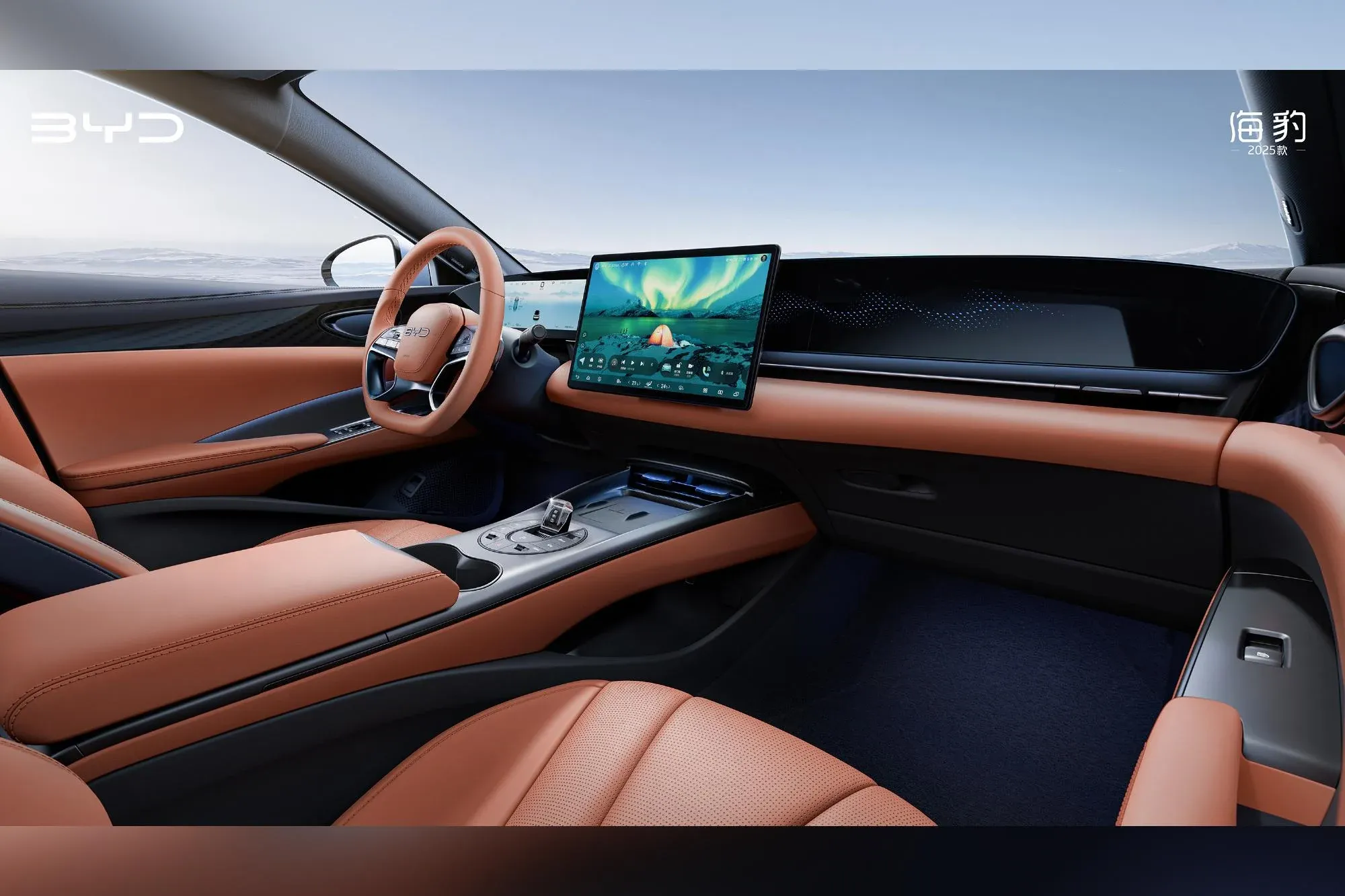


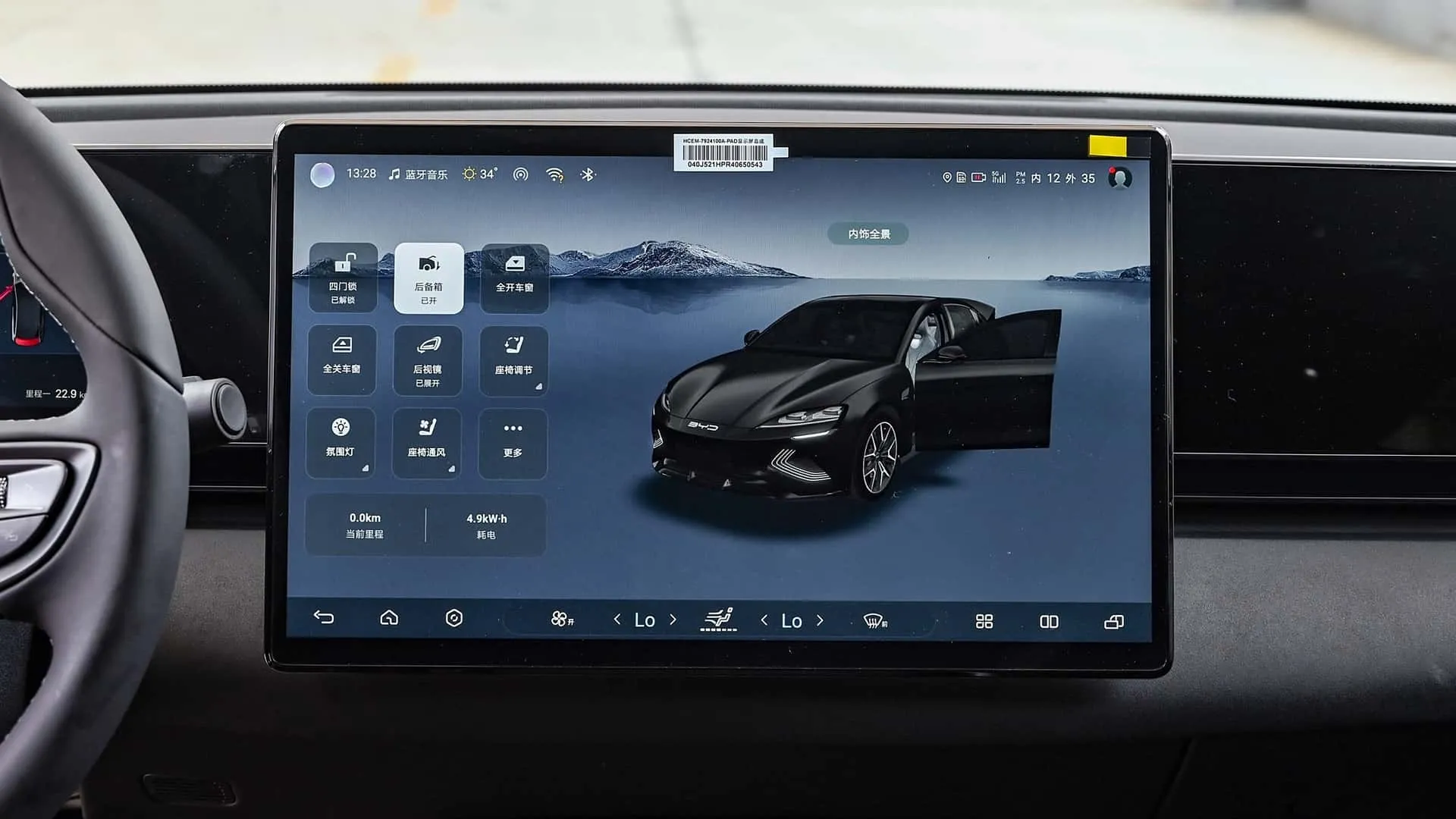
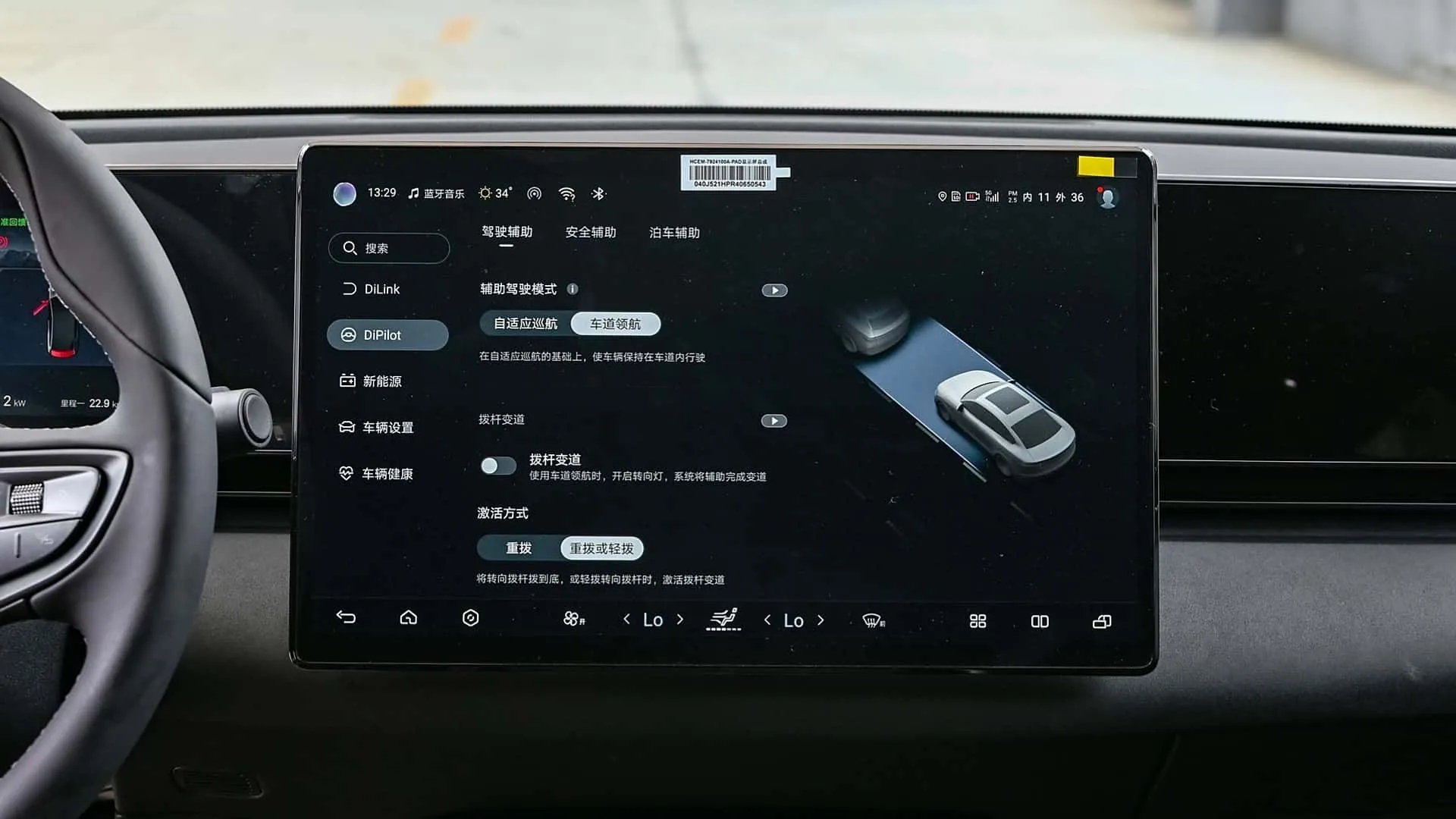


Author: Fabio Isidoro
Fabio Isidoro is the founder and editor-in-chief of Canal Carro, where he has been writing about the automotive world since 2022. Passionate about cars and technology, he began his journey on the HospedandoSites portal and today dedicates himself to creating technical content and comprehensive analyses of national and international vehicles. 📩 Contact: contato@canalcarro.net.br
